Our journey to living a secondhand life
Written by Jess
Nav
This page contains affiliate links, for which we may earn commission.
How it all began
Right at the start of our time together we knew we wanted to do something good for the planet.
We would go to festivals and so many people would leave their tents behind, along with a trail of single-use plastic.
This is how our first project, Tent Happy, was born.

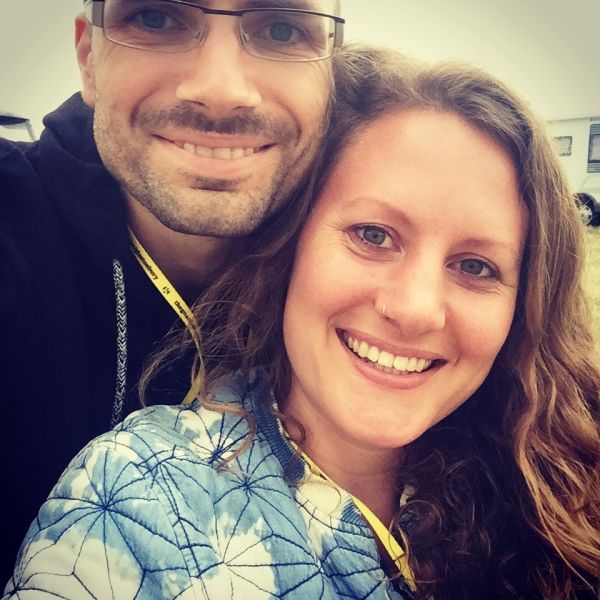
It was an incredible adventure

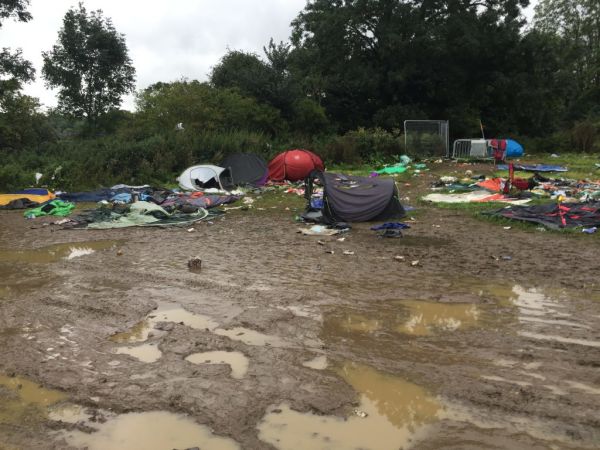
We salvaged abandoned tents and sleeping bags. We travelled all over the UK and worked extremely hard, in all weathers.
From scorching hot days where we were so hot, we would pour buckets of cold water over each other, just to be able to keep going.
To torrential rain and a lot of mud.
Some tents were completely buried in puddles and rubbish, but sometimes that's where the best tents were hiding!
Each tent was then thoroughly cleaned and checked before being sold.
We've saved some real beauties. We even have some of our favourites still.
We collected and sold at least 300 tents and donated about 500 sleeping bags to homeless charities in the UK.


We make a good team
The most important thing we learned from creating Tent Happy, was that we loved working together and we were good at making good things happen.
What about our own impact?
We thought about all the things we could be doing to reduce our impact on the planet. Like; reducing the amount of meat we ate; plastic-free shopping (we go to Ripple, Viva Organics and Awesome Wales); recycling more and being mindful of our day to day use of stuff.
Throw away culture

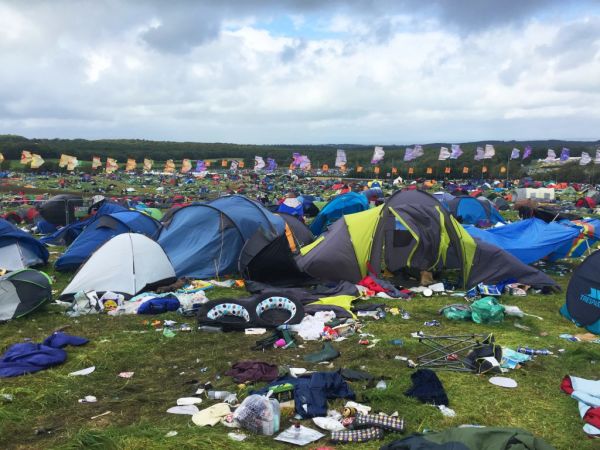
We didn’t think about the planet much before we met, or about how our lifestyles were affecting it at all.
When we started making our own changes, it was at the peak of the disposable / throw away culture.
We would go to festivals and nearly everyone would leave their tents behind, along with a trail of single-use plastic. It was scary seeing how little people seemed to care and to be honest, it was an exercise in self-reflection too.
We became open to the idea that if everything stays as it is now, the environment might not be ok.
We also realised that our individual actions do actually make a difference. The ripple effect.
We became open to the idea that if everything stays as it is now, things might not be ok in terms of the environment. And, we also realised that our individual actions do actually make a difference.
When one person makes a change, everyone else pays attention, because ripples create waves.
Sophie Rae, Ripple Living, Cardiff's first zero waste shop

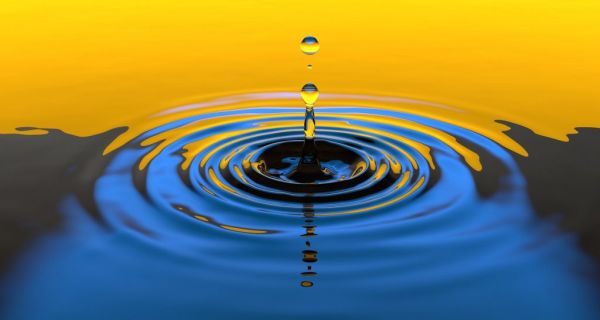
The David Attenborough effect
The BBC’s ‘The War on Plastic’ helped people shift their attitude towards plastic waste.
It was noticeable from how many people were talking about it.
It is amazing to see how much it has got through to everyday people (including us) and encouraged us all to reduce waste.
A second hand mindset is part of the solution
We realised that buying second hand was a real change that we could make in our own lives.
By making a conscious choice to reuse items that were no longer of use to others, we would reduce pollution and waste.
We could still be modern people; with regular tastes/likes/needs. We didn’t have to wear the same three tops and the same three pairs of trousers for the rest of our lives and never wash our hair to be less impactful.
We could live a ‘normal’ life, without contributing to unnecessary manufacturing and consumerism.

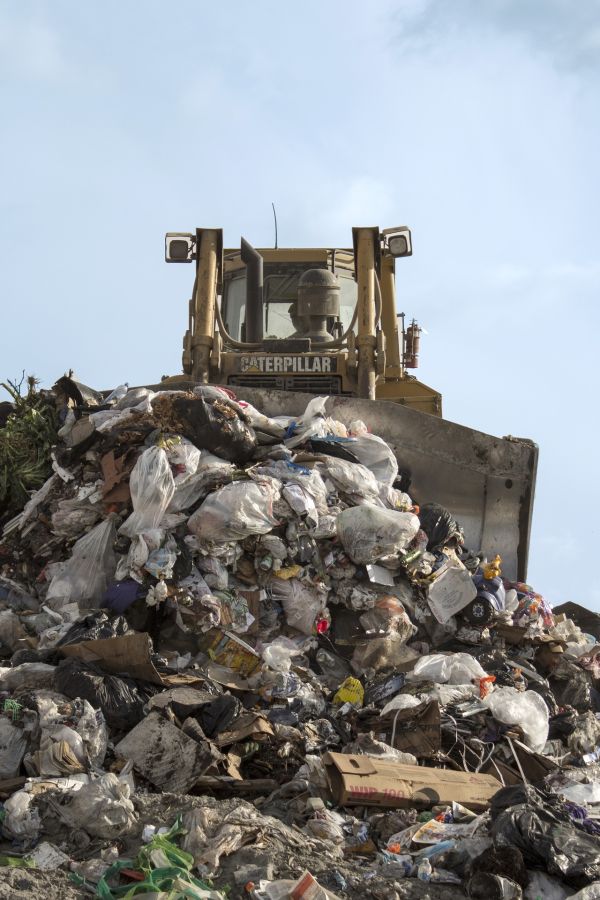
If everyone bought one used item instead of new this year, we would save… [over 200,000 tonnes of waste from landfill]
ThredUp
A baby footprint


Davey and I were conflicted about having a family of our own - it seemed irresponsible to bring a new person into the world who would be adding a human-sized carbon footprint to the planet.
We really wanted a family though, so we set a target that our baby would have a low impact on the planet.
Second hand only for the baby
Baby’s come needing a lot of stuff!
So, to be as green as possible, Davey’s idea was for us to challenge ourselves and only buy secondhand products for the new arrival.
From pushchairs to bottles, baby-grows to baby gates, we wanted to make sure that they weren’t new products, and in doing so we got rid of the carbon footprint that goes along with them.

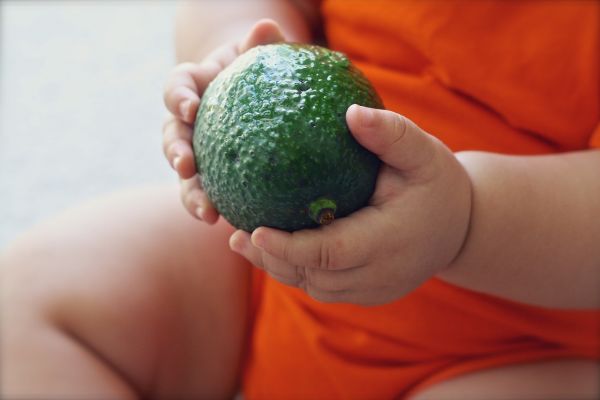
Three years on, and with another baby arrival, we have managed it (minus a few items like toothbrushes, which we will talk about in another blog).
Our lovely babies have been just as happy as they would have been with new things.
We have been able to prolong the useful life of so many items; things we intend to reuse or pass on again.
This small and personal project turned into a passion …. this is how Used and Loved came about…
The reality of avoiding new stuff
Having committed to buying everything we could secondhand for our babies, we were struck by how much harder it was to do than we expected.
It can take hours of searching online, trawling through all the different sites to find what you need.
Even if you do find what you're looking for, you might see it too late or you might get outbid on eBay.
The temptation to impulse buy
Retailers spend a lot of money on making it too easy for us
That shiny, nicely packaged 'thing' is in front of us. We think we need it (but do we really?).
Or we can get something delivered the next day (the ultimate convenience). The temptation is real.
Often the thing that we impulse buy new is something that could easily have been found secondhand.

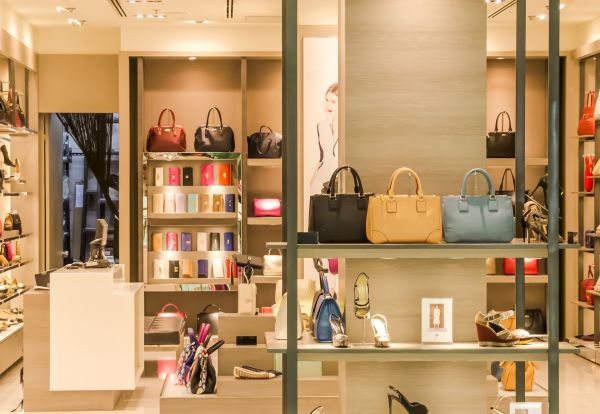
The move to trying to curb that way of shopping and think ‘could I buy that second hand?’ or ‘do I even really need that?’, is hard to start with, but it does get easier, I promise!
The lightbulb moment
I realised, through the challenge of only buying secondhand stuff for our baby, that there could be an easier way.
Like many great ideas, it drifted into my mind just before I was going to sleep. I came up with the concept for this website; usedandloved.com. (albeit a distant memory from what it has grown into today).
I added it to my 'invention' notes on my phone. My exact words were:
A website that you enter your search criteria into, or preferences, and it does a daily search of all second hand sites, to find new adverts for things you might be interested in. If you want to live greenly, buying second hand is a really good start, but it can take ages to find things that you need. This way, you can get one daily email alert from this website, which then shows you all the things listed, and you can click on each one to take you to the relevant link / site (e.g an ad on Gumtree / Freegle etc…)”
Jess Potter
I told Davey about it the next day and he liked the sound of it.
He (and I) have liked the sound of a lot of my inventions/ideas, but this one really stuck.
Secondhand shopping would be so much easier if there was a website that combined all (or a lot of) the available items online, into one place.
It had the potential to change the way people shop and encourage people to shop secondhand, more. We realised the scale of the positive impact it could have; the more successful our website became, the more it would help the planet.
We had to do it.
Research has shown that "77% of the U.K. population want to shop second-hand, but only 27% actually do," according to WRAP.
The positive feedback loop
As more people successfully find what they’re looking for, the more they will search for other items secondhand, instead of new.
Consequently, sellers will sell more of what they have listed, encouraging them to continue selling.
Circular Economy
Selling, buying and then re-selling is a prime example of a circular economy. It keeps money within the community.
Why should all the big corporations and retailers be the ones to take all our money anyway?!
What will our website do?
The idea has evolved, our plan for the website is a ‘secondhand search site’, where you can look for specific items, or simply browse.
It will show you the listings from multiple secondhand online marketplaces like eBay, Oxfam Online and Freegle (and hopefully many more as we grow) making your search quicker, easier and more fun.

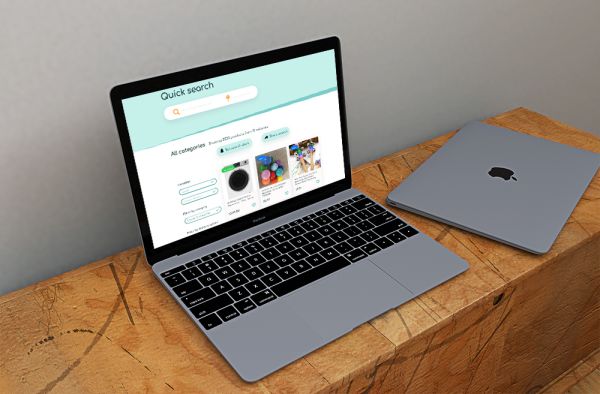
We are aiming to have all the features you could possibly want from a secondhand search website, to help you find used and loved items more easily.
I won’t give everything away right now, but we are aiming high and want to have the best features a secondhand shopper would want.


We are also going to include options that people might not have thought about, like the borrowing/library shops that are now springing up all over the UK and online.
If there’s something you don’t need to own yourself, because you are only aiming to use it once or twice, you can just borrow it instead.
Who doesn’t love a bargain anyway!
Whether you are buying second hand because you love a bargain, or because of the environment, (or both!), this site will help you find exactly what you are looking for.
We are on a mission!
